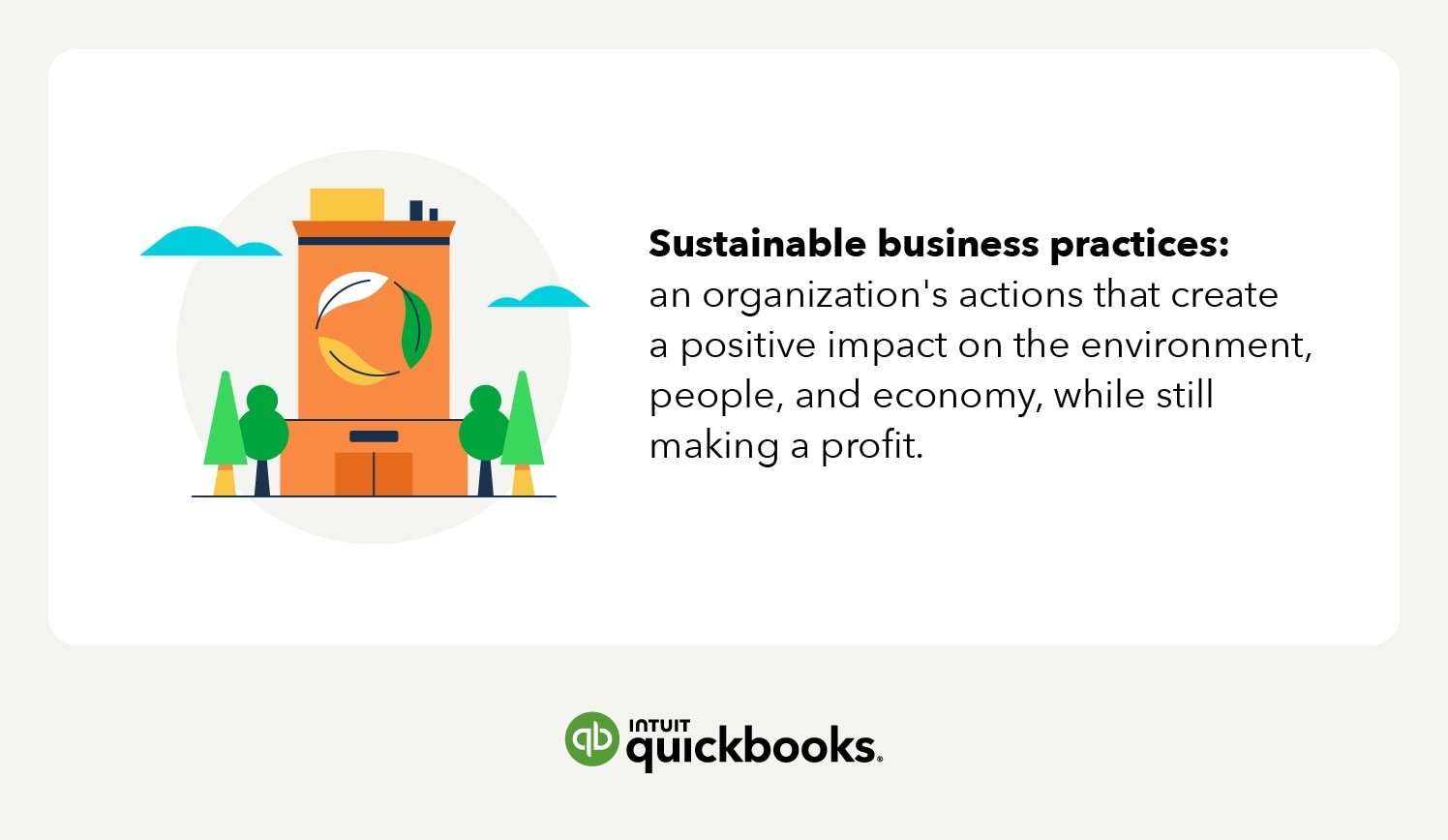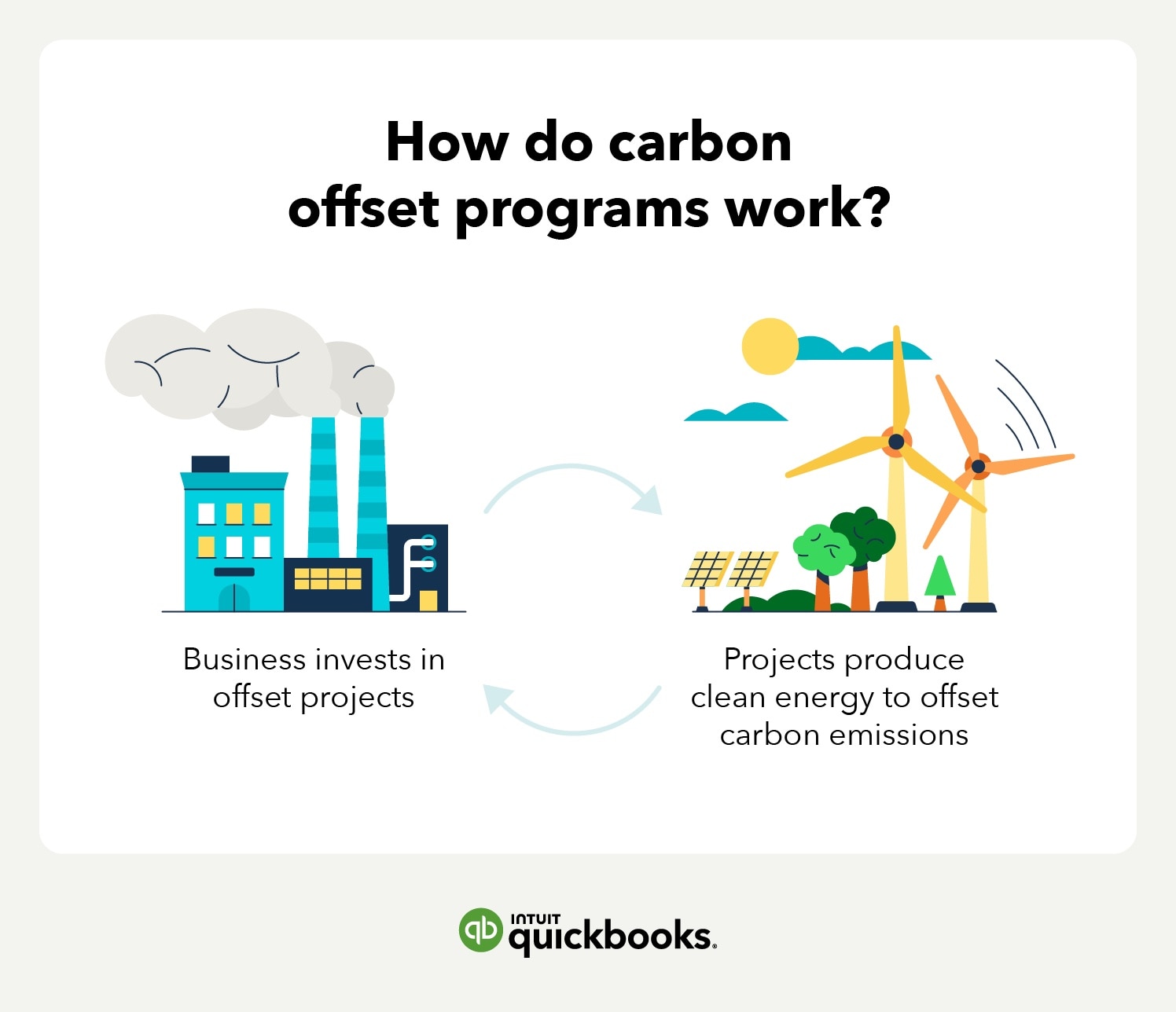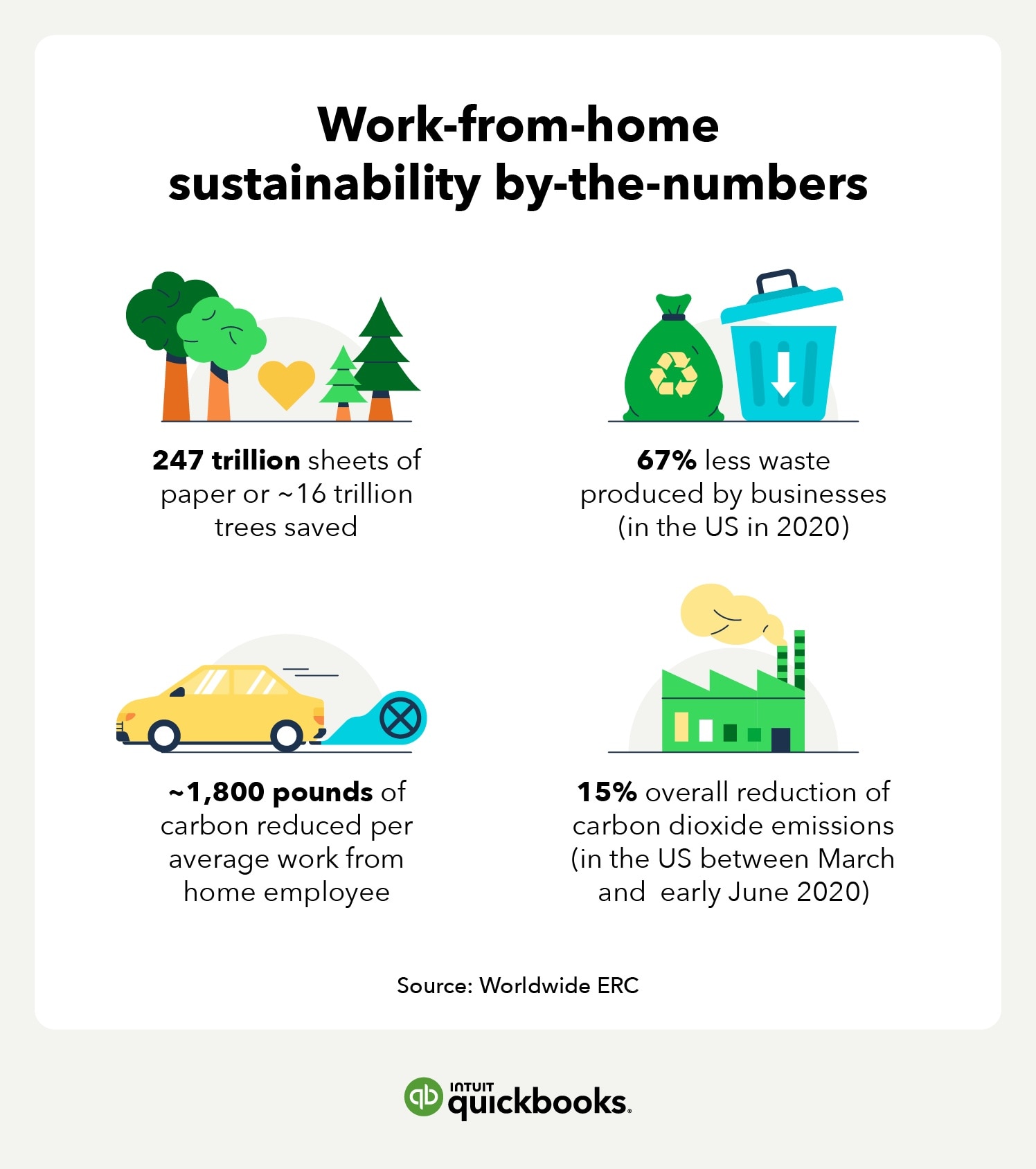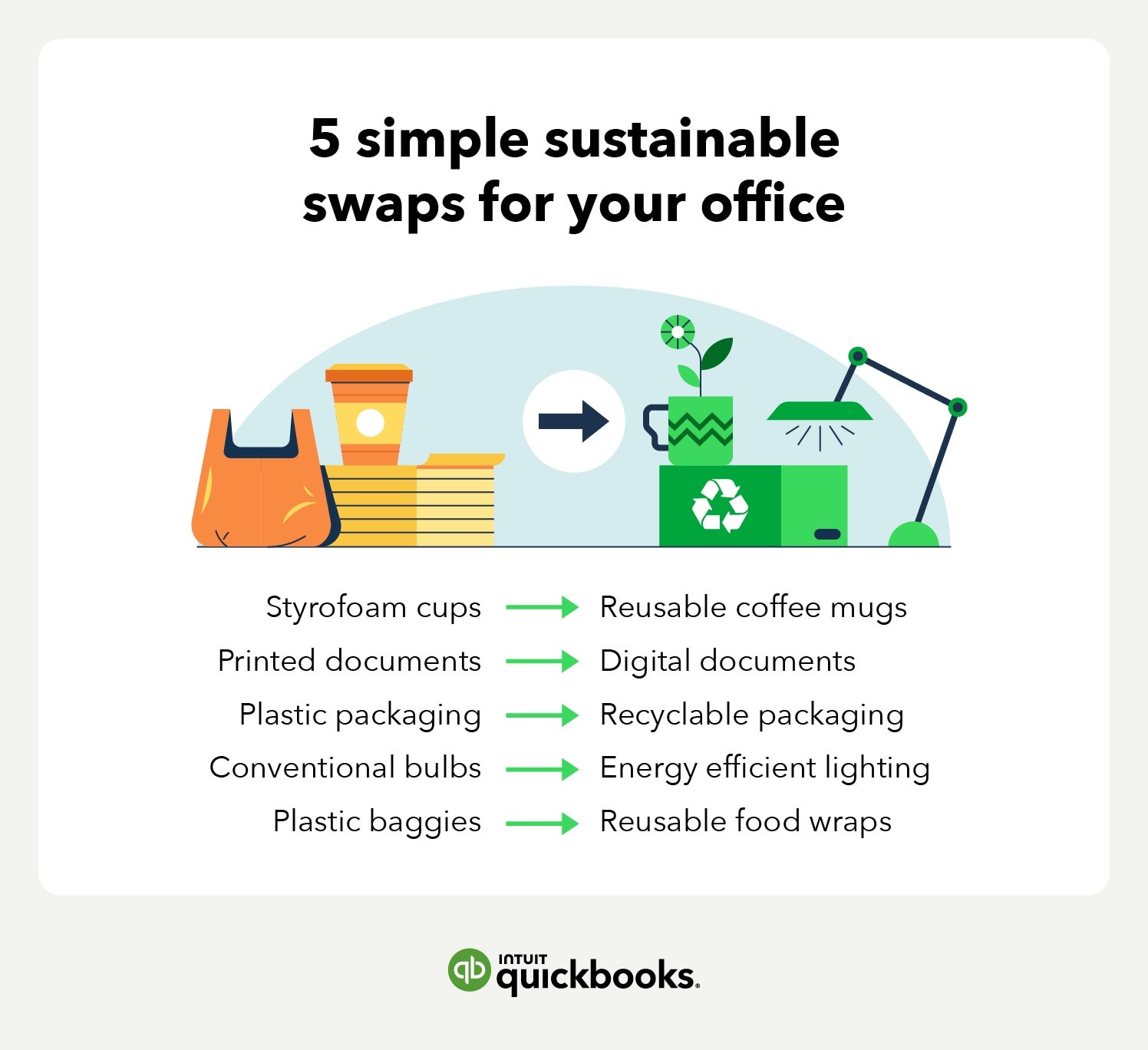Determine ways your office can become a zero-waste facility, internally and externally. This means making sustainable swaps within the office to send less waste to the landfill. A few examples that help achieve zero waste:
- Stock your break room cabinets with reusable coffee mugs and utensils instead of single-use items.
- Digitally store documents instead of wasting paper by unnecessarily printing them.
- Switch to compostable or sustainable packaging options instead of plastics.
Most people know the phrase, “Reduce, Reuse, Recycle.” But a couple of new Rs, Refuse and Rot, have joined the team to create The 5 Rs.
Refuse means avoiding harmful items like single-use plastic straws, non-recyclable plastic coffee cup lids, or styrofoam containers when getting takeout.
Rot means composting food and organic waste like fruits, vegetables, and coffee grounds. Contact your local compost pickup service to turn waste into nutrient-rich soil fertilizer.
11. Prioritize eco-friendly supply chains
- Level of lift: Medium
- Cost to implement: $$
- Sustainability impact: Greenhouse gas reduction, less fossil fuel consumption
Freight and transportation are the biggest contributors to greenhouse gas emissions, with 27% of total emissions. so finding ways to create a more sustainable supply chain is crucial to the environment.
Some tips to achieve a more sustainable supply chain include:
- Partnering with local, eco-friendly businesses and sources
- Maximizing space in containers and packaging
- Optimize routes for lower fuel consumption
Remember, 57% of customers support companies that focus on sustainability, meaning they are willing to wait longer for delivery or adjust their buying habits to help reduce their carbon footprint.
12. Train and reward employees
- Level of lift: Medium
- Cost to implement: $$
- Sustainability impact: Reducing greenhouse gasses, lessening waste
Many employees are eager to do their part to support sustainability in the workplace, while some may need some extra encouragement. Host learning and training sessions to better inform and involve your employees on how you can achieve sustainability goals together.
Providing incentives and giving rewards is a great way to boost participation. Some ideas include incentives for:
- Carpooling or biking to work
- Volunteering or donating to sustainable causes
- Implementing The 4 Rs
13. Support green nonprofits and volunteer
- Level of lift: Low
- Cost to implement: $
- Sustainability impact: Varies, grassroots support
Supporting eco-friendly nonprofit organizations with charitable donations and volunteering not only fosters positivity for the planet but also offers benefits for your business. Some benefits include:
- Tax breaks for charitable donations
- Increased team bonding through volunteering
- Positive brand perception
Some businesses further encourage employees by offering to match donations to the employee’s charity of choice or offering paid time off to volunteer. Find a wealth of eco-friendly nonprofits here.
14. Push for systemic change
- Level of lift: High
- Cost to implement: $
- Sustainability impact: Varies, grassroots support
Sustainability for business starts with doing your part, but it doesn’t stop there. Continue spreading the word, partnering with other sustainable businesses, and working with your local government to create systemic changes.
Get each level of your company to buy in and make it a part of your culture. Continually share updates and cause that ben benefit the environment. Get involved with local organizations and business leagues to find out what you can do.
With one unified goal, you can help implement sustainable changes to better the planet for future generations.

















